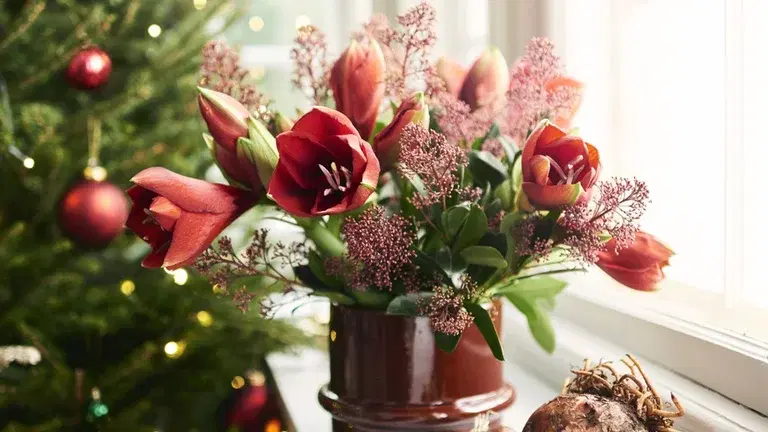Helleborus- facts and advice on care
Plant guide
Celebration
Christmas
Something as special as a plant that blooms in snowy weather, that is exactly what the Christmas rose is. You can have it inside, in a pot by the entrance or outside in the bed.





Topics:
Plant guide
Celebration
Christmas










